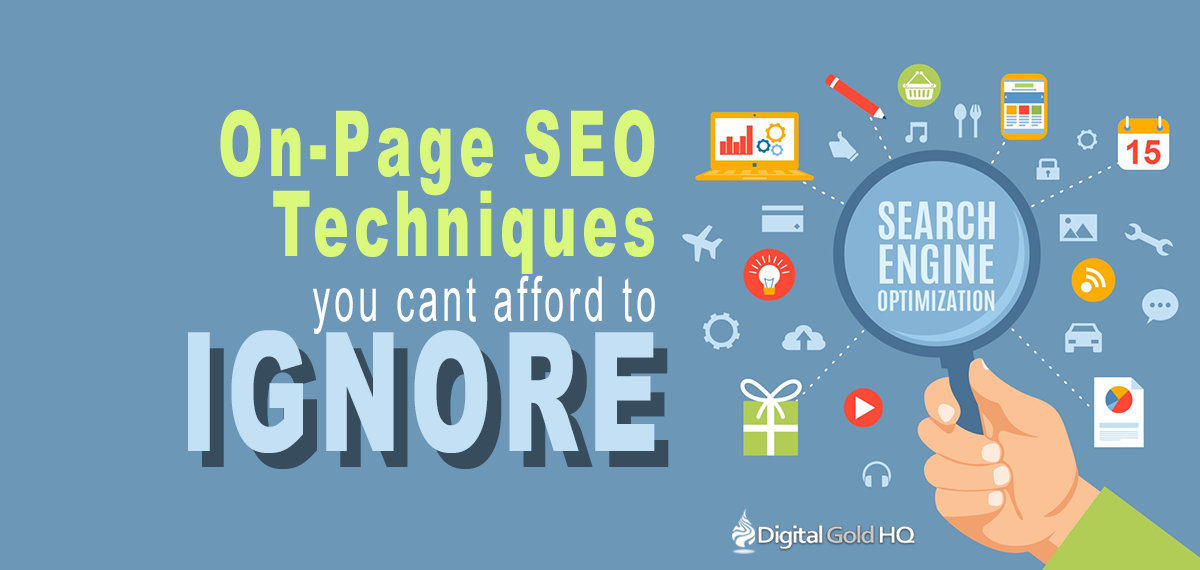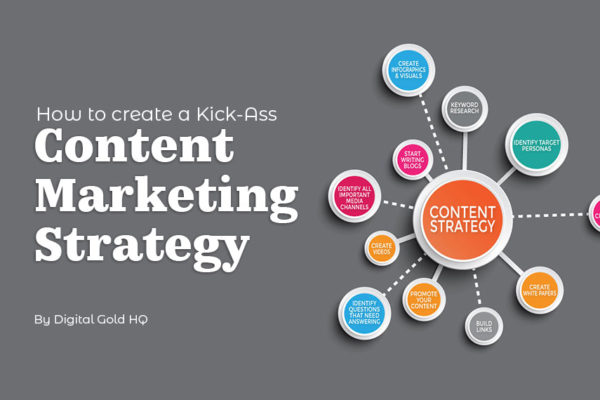On-Page SEO Techniques You Can't Afford to Ignore

On-Page SEO is one of the most important parts of getting high rankings when people use search engines. It is important not only for the rankings, but also for a successful online marketing campaign. Your website is the centre of your business or project, and without good optimisation for both search engines and users, it will end up getting lost in the web and the chances of success are drastically reduced. Here are 5 ways you can use SEO techniques to boost your rankings.
1. Good Content
It is essential that your website has good content. Bad content can be made better with the use of On-Page SEO, but good content is sure to thrive when combined with it. You need to ensure that the content on your page is original, so not copied or rewritten from other sources, and this can include anything from text to images and videos.
The content should have been published on your website first. You may have written something for other sites to use, but it will not affect your rankings positively if it wasn’t published on your website first. Your content should also be well researched, keyword rich, and useful. This means that you need to include the key factors and concise descriptions to avoid rambling and wasted words.
When it comes to non-text content (such as pictures and videos), there should always be text accompanying them either in the form of a short caption or a description. This will help to boost your rankings. You should also determine a publishing schedule and stick to it, making frequent updates to keep your On-Page SEO fresh and your rankings high.
2. Formatting
Formatting your website correctly is more important than you may think. Search engines will check things like your page titles, descriptions, headings, and images for good On-Page SEO in order to determine the ranking of your site. These are all things that help a search engine to understand your page and allow it to put it into an index position and rank it based on the SEO.
Your page titles need to be unique in order to help search engines and users to understand your site and the content on it. Descriptions should be around 150 characters, concisely written, and unique to each page in order to improve rankings. Sites that copy and paste content onto several pages will tend to be ranked lower than those with unique information.
The formatting needs to be done correctly. Use headings and sub headings that are bold, italic, or underlined as necessary and use the correct fonts and size. Make sure that your text is readable and user friendly, using small paragraphs for easy reading. Your images should be original and the file names uniquely titles to help SEO.
3. URL Structure
Your URL should be less than 255 characters and have hyphens to separate each section. This helps with search engines and also makes them more user friendly as they are easier to type out and remember. Pages should be grouped into categories, and this will help users to find them more easily but will also aid search engines as they try to understand your website.
4. Internal Linking
Internal linking is an On-Page SEO tool that entices and encourages users to explore more of your website and read more of your pages. It allows search engines to discover these pages and rank them as well, so that when people search it is more likely to come up with multiple pages from your website.
Through internal linking, search engines can pinpoint which pages are the most important on your site and direct traffic to them accordingly. You can use rich keywords to help boost the On-Page SEO of your other pages. It is important to note that you should try not to have more than seven internal links per page as this can lead to the webpage becoming crowded both for users, presentation, and search engines.
5. Website Speed
In recent years, the speed of your website has become increasingly important. From the loading speed of your pages and pictures, to how long it takes to get from one area to another, Google have taken a firm view on website speed. In a bid to make the web faster, your website can now be ranked on its loading speed as well, so it is important to make sure your images and text load quickly to avoid falling in the ranks.
Publishing your website updates onto a Google Plus profile can also help you to improve search engine rankings. With Google ever eager to get more people signing up to its social media platform, publishing links to your website and any updates on your own or your business profile can really help.
With these tips for boosting your rankings using On-Page SEO techniques, you are sure to have a thriving and high ranking website in no time. Just remember to keep things concise, fast, and linked as your build up your SEO and to always make sure it’s user friendly.



